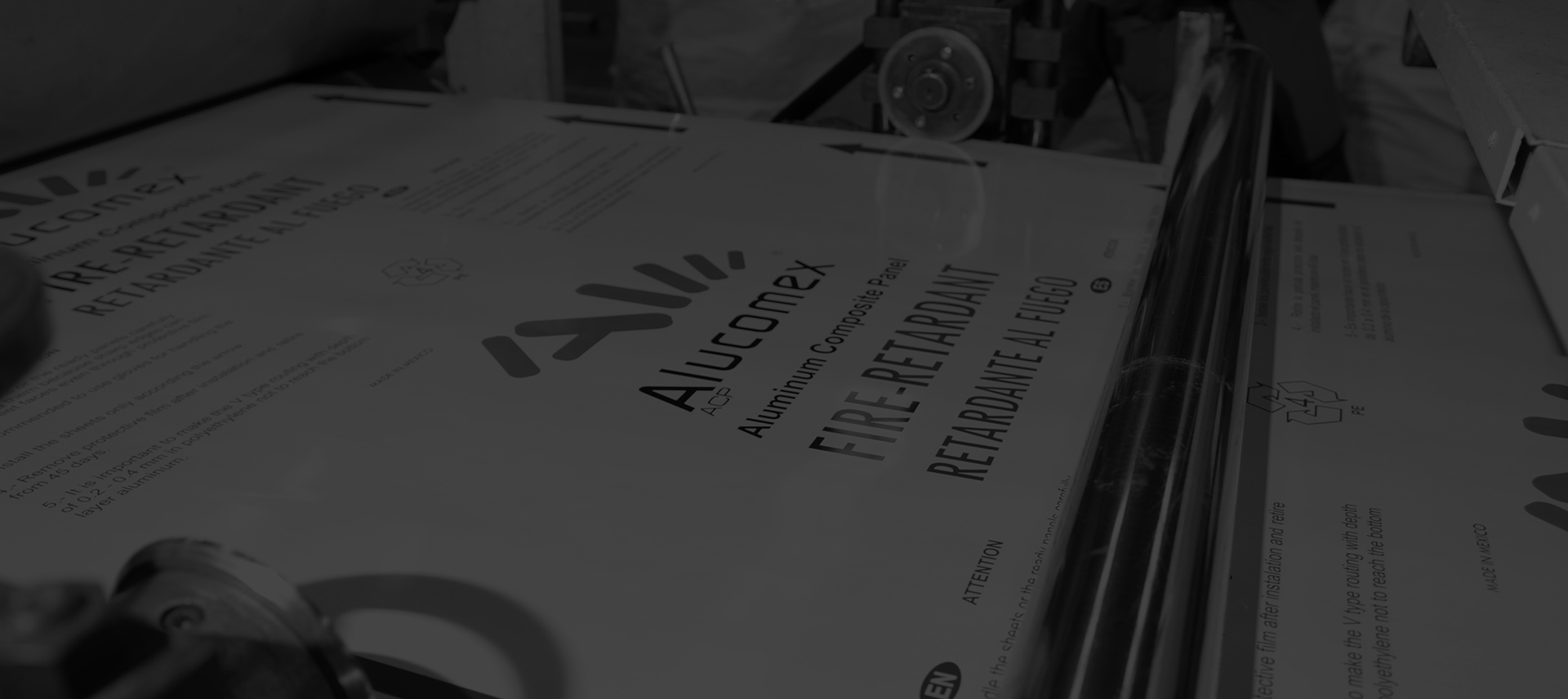Description
Alucomex Sealer is a siliconized acrylic sealant in the form of a paste that, once applied and cured, acquires a firm and elastic consistency.

Alucomex Sealer is a siliconized acrylic sealant in the form of a paste that, once applied and cured, acquires a firm and elastic consistency.
A cartridge yields 5.69 m, in 7 × 7 mm joints, considering 7% waste.
12 months in a cool and dry cellar, in the original container at temperatures of 21 ° C and 50% relative humidity.
| PROPERTIES | VALUE | TEST METHOD |
| Chemical Base | Siliconized acrylic | |
| Aspect | Soft Paste | |
| Film Formation | 30 minx max (25°C 50% HR) | ASTM-C-679-87 |
| Cure ratio | 2.4-2.6mm/day (25°C 50% HR) | ASTM D-1640 |
| Density | 1.70-1.72 g/ml | ASTM-D1475-98 |
| VOC | <19 g/L | |
| Application Temperature | 5 °C a 37 °C | |
| Working Temperature | 5 °C a 37 °C | |
| Elongation | >180% | ASTM-D412-98a |
| Tensile Strength | >12.5 kgf/cm2 | ASTM-D412-98a |
| Shore A Hardness | 70-80 | ASTM-C-661-98 |
| Movement Capacity | 7.50% | ASTM-C-719 |
| UV Resistance | Good | ASTM-C-G-154 |
PRESENTATION OF 300 ML
AVAILABLE IN: BLACK, WHITE AND GREY
The surfaces to be sealed must be firm and clean, dry, clean, free of dust, grease, oil, water and old sealant. Clean porous surfaces with a brush or by applying air pressure to remove all loose particles. In the case of smooth surfaces (such as glass, metal, etc.), cleaning is done with the two-cloth technique, which consists of wiping the surface with a cloth (lint-free) impregnated with isopropyl alcohol and immediately removing all impurities with another clean, dry cloth.
Place a masking tape on the surfaces to delimit the area to be sealed. Introduce Alucomex Sealant into the cartridge gun, cut the upper part of the cartridge. Then place the pipette and cut it at 45 °, calculating the width of the joint to be sealed. Pull the gun trigger to depress the plunger and the product will flow over the joint. Apply the sealant in the form of a bead on the surface to be sealed. A minimum section of 7 x 7 mm should be left at most 10 mm.
Finally, a revision will be made in the opposite direction to the application, by means of a straight spatula to achieve the necessary penetration in the joint, a better adhesion and break the air bubbles that may be trapped during the application. At the end of the application, remove the masking, peeling in the opposite direction to the application in a continuous but controlled movement. The surplus can be removed as soon as possible with a cloth dampened with water.